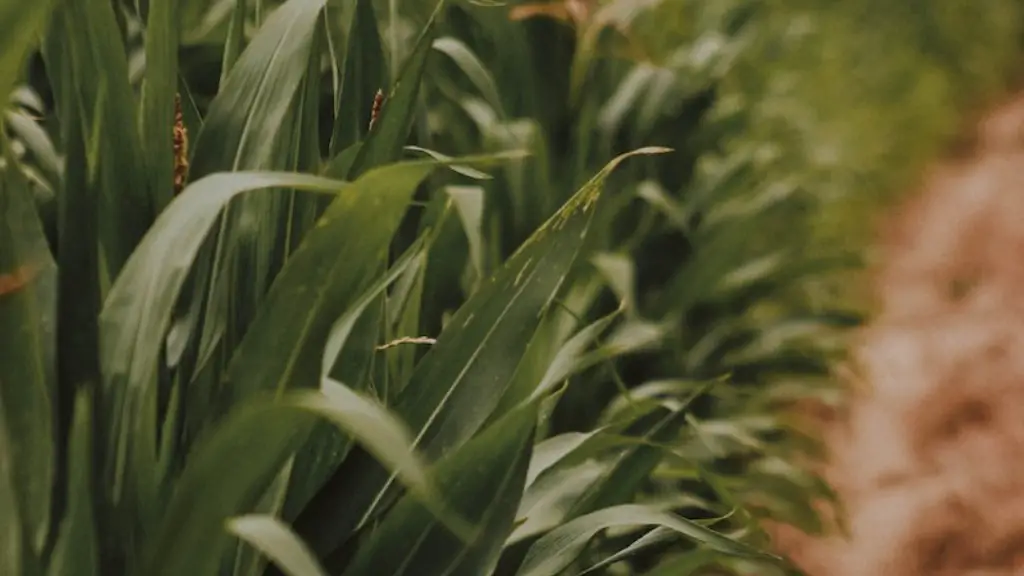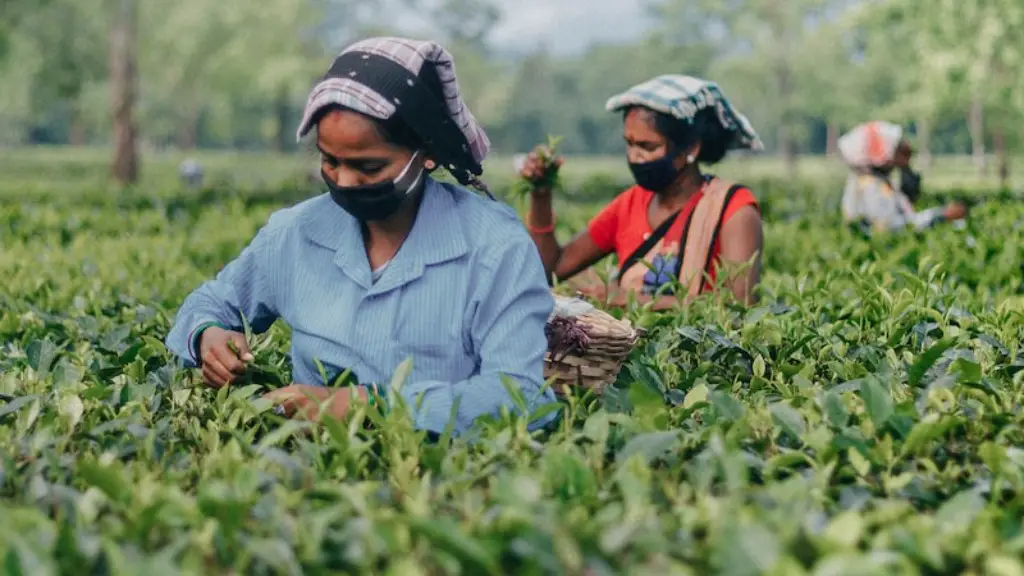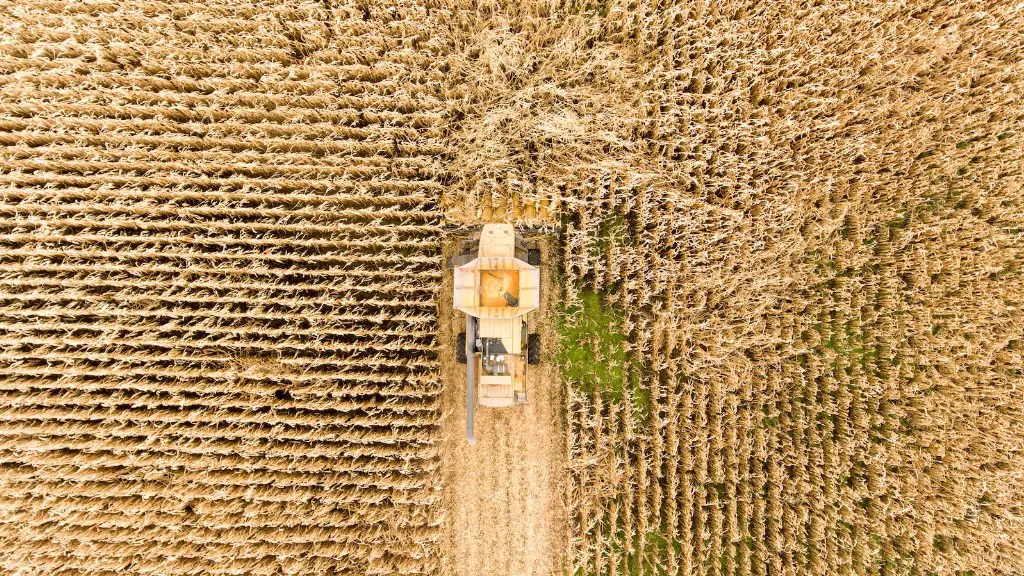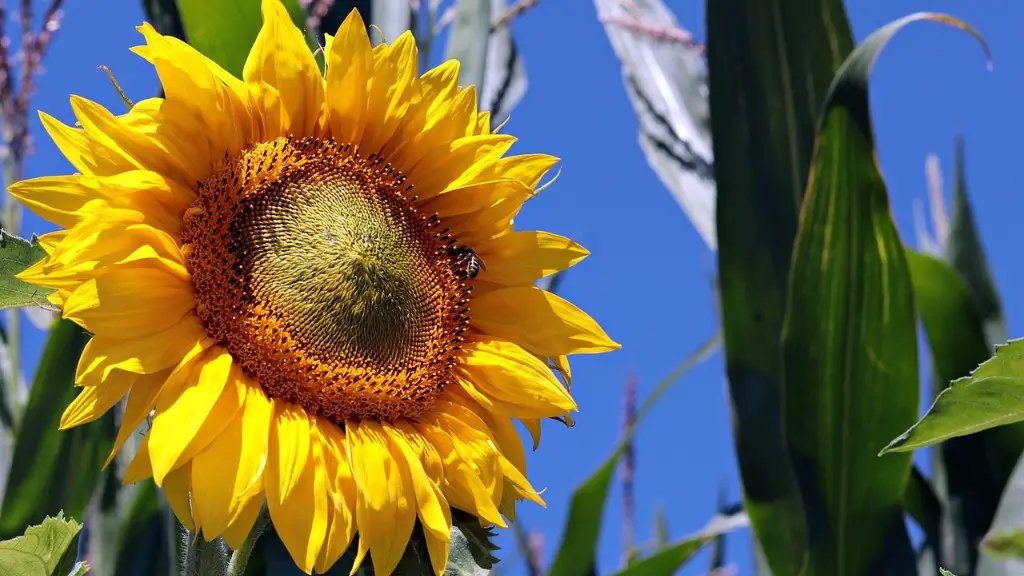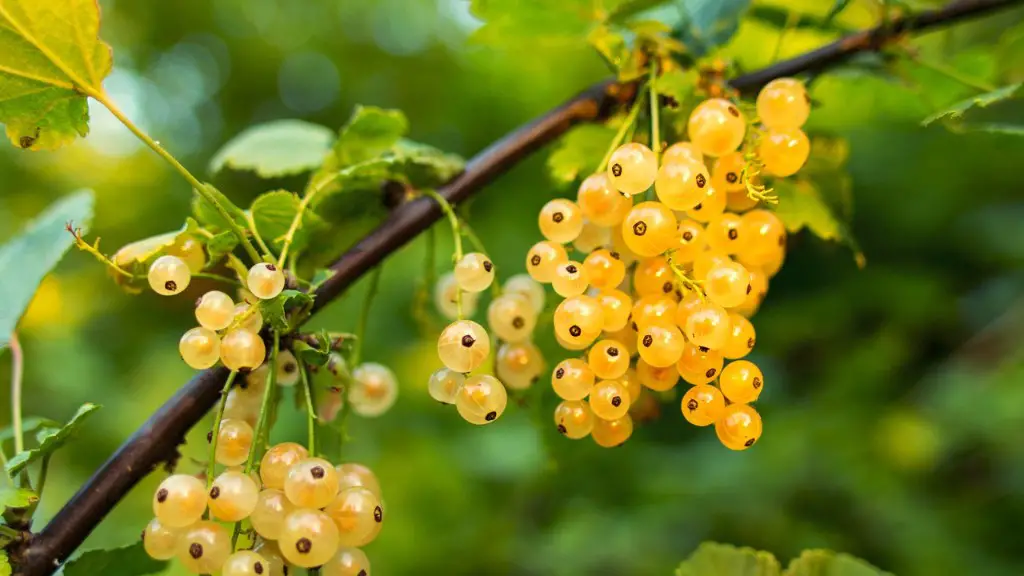According to the United Nations Food and Agriculture Organization, approximately 70 percent of the world’s freshwater resources are used for agriculture. This includes irrigation for crops, as well as water used for livestock. In developed countries, agricultural water usage can be as high as 90 percent.
About 70% of the world’s freshwater is used for agriculture.
How much fresh water is used for agriculture?
As previously mentioned, 70% of the world’s water is used for agriculture annually. That’s over 2 quadrillion gallons of water, enough to cover the entire United States in 2 feet of water. To understand how we use most of this precious resource we need to understand how it is allocated.
The majority of the water used in agriculture is for irrigation, which is the process of watering crops. In the United States, agriculture accounts for around 80% of the water used each year. The rest is used for livestock, aquaculture, and other agricultural purposes.
The way water is used in agriculture has a big impact on the environment. For example, when irrigation water evaporates, it can leave behind salts and other minerals that can build up in the soil and make it harder for crops to grow. This can lead to environmental problems such as desertification.
It’s important to remember that water is a limited resource, and we need to use it wisely. With the world’s population expected to continue to grow, we will need to find ways to produce more food with less water.
In many parts of the world, agricultural production accounts for the majority of water withdrawals. With the global population expected to reach 9 billion by 2050, there will be a need for a significant increase in agricultural production to meet the demand for food. This will require a corresponding increase in water withdrawals, which could have a negative impact on the environment and water resources.
What percentage of freshwater consumption is used by US agriculture
Agriculture is the leading sector in California when it comes to water consumption, accounting for approximately 80 percent of all water used in the state. While this may seem like a lot, it is important to remember that agriculture is a critical part of California’s economy and plays a vital role in providing food and other products to people both within the state and around the world.
There are a number of reasons why agriculture consumes so much water, including the fact that crops and other plants require large amounts of water to grow and thrive. Additionally, irrigation systems used in agriculture can be very water-intensive, particularly if they are not managed properly.
Fortunately, there are a number of ways to reduce the amount of water used in agriculture. One of the most important is to use irrigation systems more efficiently, which can be done by using drought-tolerant crops, installing low-flow irrigation systems, and using other water-saving practices. Additionally, it is important to promote water conservation among farmers and other agricultural water users.
Agriculture irrigation is a critical issue for water use worldwide. It is estimated that agriculture irrigation accounts for 70% of water use worldwide and over 40% in many OECD countries. This is a significant amount of water use and it is important to ensure that it is managed efficiently and sustainably. There are a number of ways to improve irrigation efficiency including using more efficient irrigation systems, improving water management practices, and using drought-tolerant crops.
Is globally 70% of freshwater used for agriculture?
Agriculture is the largest water user worldwide, accounting for 70 percent of total freshwater withdrawals on average3. However, these amounts can reach as much as 95 percent in some developing countries. Agriculture is a critical sector for many countries, but it is also a water-intensive activity. Improving water efficiency in agriculture is therefore essential to ensure water security for both people and the environment.
Agriculture is one of the biggest users of freshwater resources, accounting for around 70 percent of all withdrawals worldwide. While this is necessary to produce the food we need, it can put a strain on local water supplies. With a growing population and demand for food, it is important to find ways to sustainably increase agricultural water productivity. This includes using water more efficiently in irrigation, improving drainage and soil management, and developing drought-resistant crops.
What percent of freshwater is actually for use by us?
Only about three percent of Earth’s water is freshwater. Of that, only about 12 percent can be used as drinking water; the rest is locked up in glaciers, ice caps, and permafrost, or buried deep in the ground. Most of our drinking water comes from rivers and streams.
Nearly 70% of the world’s fresh water is frozen in the icecaps of Antarctica and Greenland; most of the remainder is present as soil moisture, or lies in deep underground aquifers as groundwater not accessible to human use.
What is the #1 use of freshwater around the world
70 percent of the water withdrawn from freshwater sources around the globe is used for agricultural purposes. This high percentage is due to the large amount of water that is needed to produce crops and livestock. While this is convenient for farmers, it can put a strain on local water supplies. To mitigate this, farmers can use irrigation techniques that use less water or implement water-saving practices on their farms.
Power plants that use coal, oil, or gas as their primary fuel account for almost two-fifths of the water withdrawn in the United States each day. Power plants that use these fuels as well as nuclear power plants require large quantities of water for cooling. The water is returned to its source, but at a higher temperature. Depending on the types of cooling systems used, the temperature increase can disrupt local aquatic ecosystems. In addition, the water used to cool coal-fired power plants can pick up pollutants such as mercury, carbon, and arsenic from the coal
Who uses 44 of all freshwater?
With the world’s population continuing to grow, the demand for food will only increase. This means that the agricultural sector will need to use even more freshwater resources in the future. In Europe, 44% of all freshwater resources are already used for agriculture. This is a significant amount, and it is only expected to increase. With 70% of the world’s freshwater being used for agriculture, it is clear that this is a vital sector. However, it is also important to consider the environmental impact of this industry. The amount of water used for agriculture can have a significant impact on local ecosystems. It is important to be mindful of this when making decisions about how to use our limited freshwater resources.
Consumptive water use is the water used by plants or evaporated into the atmosphere. It does not include water that is returned to a stream, lake, or aquifer. Irrigation is the largest category of consumptive water use in the United States, accounting for 80-90% of the total. Of the 118 billion gallons per day (Bgal/d) of freshwater withdrawn for irrigation, over half is lost to consumptive use.
Thermoelectric power is the second-largest category of consumptive water use in the United States. Of the 133 Bgal/d of withdrawals for thermoelectric power, 3% is consumed (431 Bgal/d).
What is the biggest use of water in agriculture
Assuming the average person uses 80-100 gallons of water per day, irrigation water usage would dwarf individual consumption. In the US, agriculture uses approximately 80 percent of the nation’s freshwater withdrawals (4)so it is safe to say that irrigation is a significant water consumer globally.
There are a few different types of irrigation systems with surface irrigation being the most common. Surface irrigation includes methods like flood irrigation where water is applied to fields through low lying areas like ditches (2). Some advantages of surface irrigation include that it is relatively simple and inexpensive to install and operate. Additionally, surface irrigation can be adapted to irrigate a wide range of field sizes and soils. Some disadvantages of surface irrigation include that it is less efficient with water usage than other methods and is more susceptible to wind and evaporation (2).
Other types of irrigation systems include sprinkler irrigation and drip irrigation. Sprinkler irrigation applies water to fields through a network of pipes and sprays. It is more efficient with water usage than surface irrigation but is more expensive to install and operate. Drip irrigation is the most efficient with water usage as it applies water directly to the roots of plants through a network of pipes and emitters. It is also the most expensive to install and operate.
Potable water comprises only a small fraction of the total use of water in the United States. The main uses of freshwater resources are agricultural (for example, irrigation, animal feeding operations) and industrial (for example, cooling towers) activities. Although potable water comprises a small fraction of total water use, it is a crucial resource that is necessary for human life.
Which states use the most water for agriculture?
Nebraska is the most heavily irrigated state in the US, with 86 million acres of irrigated cropland – more than double the amount of any other state. This high level of irrigation is necessary to support the state’s agricultural production, which is among the highest in the country. Nebraska’s irrigated cropland produces a wide variety of crops, including corn, soybeans, wheat, and sugar beets.
Polar ice is a type of ice found in the Earth’s polar regions. It is different from ice found in other parts of the world because it is very thick and contains a high concentration of salt. Polar ice plays an important role in the Earth’s climate because it helps to reflect sunlight and keep the planet cool.
Where is 70% of our freshwater found
Of the total amount of freshwater on Earth, over 68 percent is locked up in ice and glaciers. Another 30 percent of freshwater is in the ground. Fresh surface-water sources, such as rivers and lakes, only constitute about 22,300 cubic miles (93,100 cubic kilometers), which is about 1/150th of one percent of total water.
The Antarctic Ice Sheet is a massive sheet of ice that covers the continent of Antarctica. It is the largest ice sheet on Earth, and contains about 90% of the world’s freshwater. The ice sheet is up to 4 kilometers thick in some places, and covers an area of about 14 million square kilometers. Every year, the ice sheet loses about 250 billion tons of ice through melting and calving (breaking off into the ocean).
Warp Up
According to the Food and Agriculture Organization of the United Nations, irrigation accounts for 70% of the water used in agriculture.
It is estimated that approximately 70% of the world’s freshwater resources are used for agriculture. This is a significant amount, especially when considering that agriculture accounts for a relatively small percentage of the world’s total water usage. However, it is important to note that this number will likely increase in the future as the world’s population continues to grow and the demand for fresh water increases.
